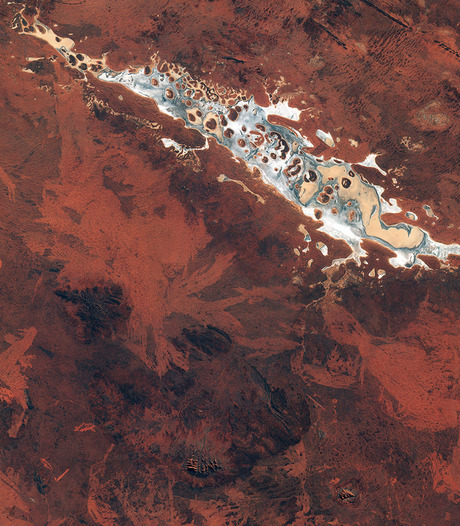Australia gains access to Earth observation program

A cooperation arrangement signed in Brussels today will provide Australia with access to what is said to be the most comprehensive Earth observation program in world history.
The agreement provides access to Copernicus, the European Union’s Earth Observation and Monitoring program, which captures imagery of our planet and its environment. It was signed today between the Australian Government, represented by Dr Stuart Minchin of Geoscience Australia, and the European Commission, represented by Dr Philippe Brunet, director of Space Policy, Copernicus and Defence.
The arrangement has been applauded by Assistant Minister for Science Karen Andrews, who claims the area of satellite observation is “expected to grow substantially over the next 10 years”.
“Through our research sector, spatial industry and our national science agencies, Geoscience Australia and CSIRO, we envision data from Copernicus’s satellites creating great opportunities for businesses small and large, in Europe and Australia, working together to create innovative, economy-changing products and services,” Andrews said.
So exactly how will this data be utilised? Andrews explained that the satellites’ imagery of the Australian landscape will “support the management of iconic environmental sites like the Great Barrier Reef and monitor changes to our lakes and river systems”.
“The data will also stimulate the development of new applications and services relevant to Australia’s agriculture, fisheries, transport, mining and energy sectors, and help build regional and world economies,” she added.
'Phantom chemical' in drinking water finally identified
Researchers have discovered a previously unknown compound in chloraminated drinking water —...
Flinders facility to use the micro realm to understand the past
AusMAP aims to revolutionise the ways scientists address key questions and grand challenges in...
A new, simpler method for detecting PFAS in water
Researchers demonstrated that their small, inexpensive device is feasible for identifying various...




